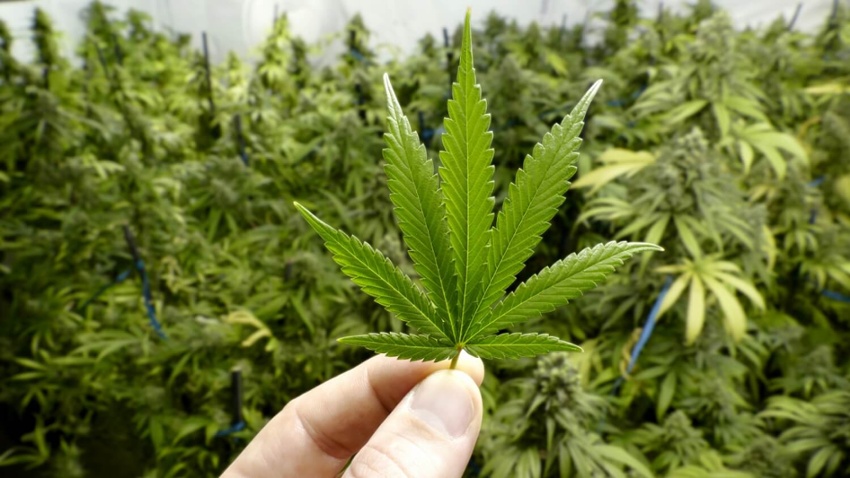
Update: On June 13, Deputy Attorney General Rod Rosenstein said “I’ve talked to Chuck Rosenberg, the administrator of the DEA and we follow the law and the science. And from a legal and scientific perspective, marijuana is an unlawful drug. It’s properly scheduled under Schedule I. And therefore we have this conflict.” The Schedule I classification stipulates that “with no currently accepted medical use and a high potential for abuse.”
Friday, June 16, the Office of National Drug Control Policy held it’s first meeting of President Trump’s “Commission on Combating Drug Addiction and the Opioid Crisis.”
The Commission is tasked with making recommendations for improving the Federal response to opioid misuse and abuse.
Best evidence informs us that medical marijuana access is associated with reduced levels of opioid-related abuse, hospitalization, and mortality. For example, a widely publicized study in the esteemed Journal of the American Medical Association, Internal Medicine reports that the enactment of medical marijuana legalization laws is associated with year-over-year reductions in opioid analgesic overdose mortality. Overall, researchers determined, “States with medical cannabis laws had a 24.8 percent lower mean annual opioid overdose mortality rate compared with states without medical cannabis laws.” A similar review by investigators at the RAND Corporation determined, “[S]tates permitting medical marijuana dispensaries experience a relative decrease in both opioid addictions and opioid overdose deaths compared to states that do not.”
Medical cannabis access is also associated with reduced prescription drug spending. Investigators at the University of Georgia assessed the relationship between medical marijuana legalization laws and physicians’ prescribing patterns in 17 states over a three-year period. Specifically, researchers assessed patients’ consumption of and spending on prescription drugs approved under Medicare Part D in nine domains: anxiety, depression, glaucoma, nausea, pain, psychosis, seizures, sleep disorders, and spasticity.
Authors reported that prescription drug use fell significantly in seven of the nine domains assessed. “Ultimately, we estimated that nationally the Medicare program and its enrollees spent around $165.2 million less in 2013 as a result of changed prescribing behaviors induced by … jurisdictions that had legalized medical marijuana,” they concluded. A follow up study by this same team reported this year, “If all states had had a medical marijuana law in 2014, we estimated that total savings for fee-for-service Medicaid could have been $1.01 billion.”
Nonetheless, this administration continues to express skepticism with regard to the safety and efficacy of medical marijuana. It’s time they learn the facts!
Send the pre-written letter below to the ONDCP Commission to educate them to the positive role that cannabis access plays in curtailing opioid abuse. You can also contact the commission at (202) 395-6709.



